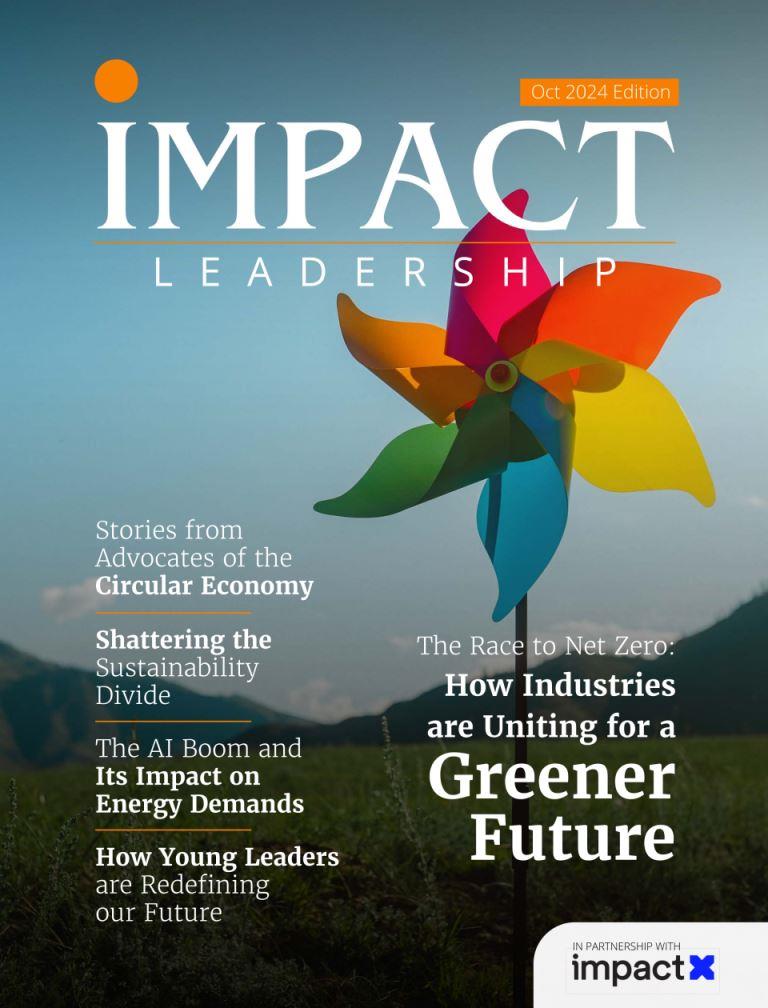- 2023 emerged as the hottest year on record, influenced by human-induced global warming and natural variability, setting a concerning trend in climate history.
- Atmospheric carbon dioxide levels hit a record high, but the U.S. shows a gradual decline in emissions, aided by legislation like the Inflation Reduction Act and advancements in clean technology.
- The future of the climate in 2024 hinges on several factors, including international policy decisions, the potential reduction in emissions by major countries, and the global transition towards renewable energy sources.
As we step into 2024, the global climate narrative continues to unfold with a mix of concerning and promising developments. Yale Climate Connections–a respected voice in environmental science–provides us with a comprehensive analysis and insight into this dynamic field.
In climate history, the year 2023 established a new precedent as it emerged as the hottest year on record. Climate scientists attribute this surge in temperatures to both human-induced global warming and natural variability. It is worth noting that consistently among the hottest have ranked not just recent years but also nine past ones, thus emphasizing an alarming trend in our climate.
The peak in climate-warming pollution from human fossil fuel combustion set another significant–yet alarming–record: atmospheric carbon dioxide levels reached an annual average of nearly 420 parts per million in 2023. This was a significantly high number considering since approximately 14 million years ago; however, there is a silver lining. The latest National Climate Assessment revealed that the U.S., one of the top CO2 emitters in the world, is witnessing a gradual decline in emissions, albeit at a slower pace than needed.
2023, potentially the turning point for a decline in global heat-trapping pollution due to numerous international efforts, presents an optimistic prospect. The Inflation Reduction Act that the US Congress passed in 2022 has catalyzed growth within clean technology such as solar panels and electric vehicles; consequently yielding a discernible decrease in U.S. climate pollution. Similarly, noteworthy improvements have been exhibited by the European Union.
These advancements, however, are partially offset by increased emissions in countries such as China and India.
Several factors such as China’s potential reduction in carbon pollution and the global shift towards renewable energy–will determine the climate change outlook for 2024. The impending U.S. federal election, along with policy implementations such as the Inflation Reduction Act, is also critical; to shape our climate landscape.
The ongoing El Niño event may lead to another record-breaking global temperature in 2024; however, this year also represents a crucial turning point for energy transformation and climate action.











